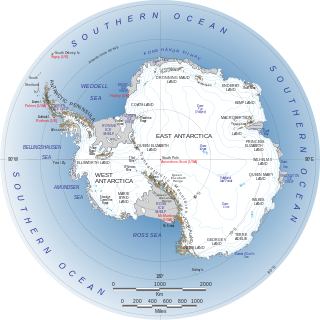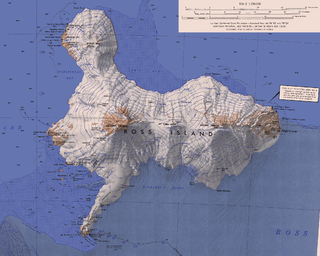 W
WAntarctica is the southernmost continent on Earth. While Antarctica has never had a permanent human population, it has been explored by various groups, and many locations on and around the continent have been described. This page lists notable places in and immediately surrounding the Antarctic continent, including geographic features, bodies of water, and human settlements.
 W
WThe Antarctic Place-names Commission was established by the Bulgarian Antarctic Institute in 1994, and since 2001 has been a body affiliated with the Ministry of Foreign Affairs of Bulgaria.
 W
WBulgarian toponyms in Antarctica are approved by the Antarctic Place-names Commission in compliance with its Toponymic Guidelines, and formally given by the President of the Republic according to the Bulgarian Constitution and the established international and Bulgarian practice. Place naming is confined to nameless geographic features situated in the Antarctic Treaty area, the region south of the parallel 60 degrees south latitude.
 W
W W
W W
W W
W W
W W
W W
W W
W W
W W
W W
W W
W W
W W
W W
W W
W W
W W
W W
W W
W W
W W
W W
W W
W W
W W
WThe Composite Gazetteer of Antarctica (CGA) of the Scientific Committee on Antarctic Research (SCAR) is the authoritative international gazetteer containing all Antarctic toponyms published in national gazetteers, plus basic information about those names and the relevant geographical features. The Gazetteer includes also parts of the International Hydrographic Organization (IHO) General Bathymetric Chart of the Oceans (GEBCO) gazetteer for under-sea features situated south of 60° south latitude.
 W
WThe United States Board on Geographic Names (BGN) is a federal body operating under the United States Secretary of the Interior. The purpose of the board is to establish and maintain uniform usage of geographic names throughout the federal government of the United States.